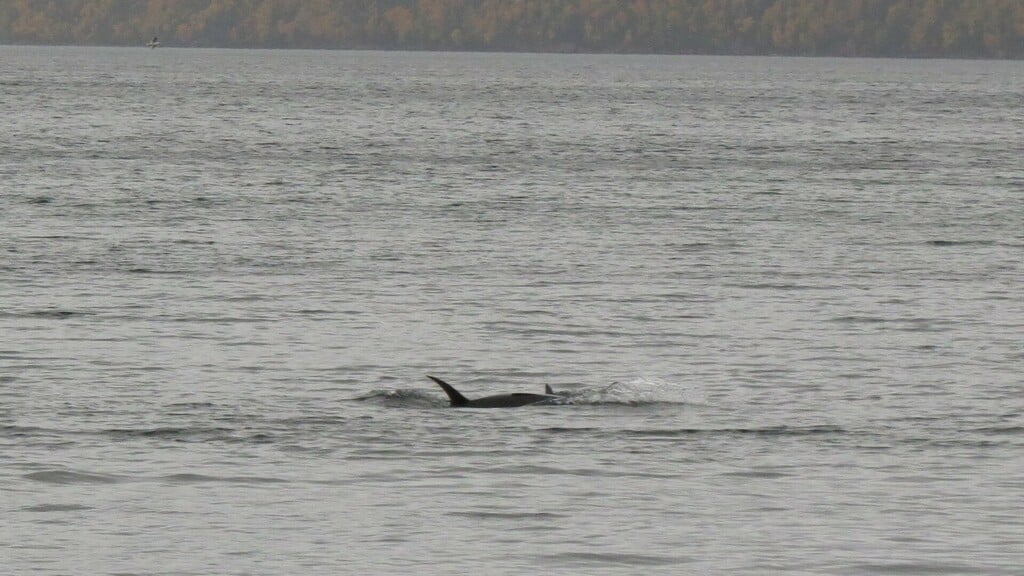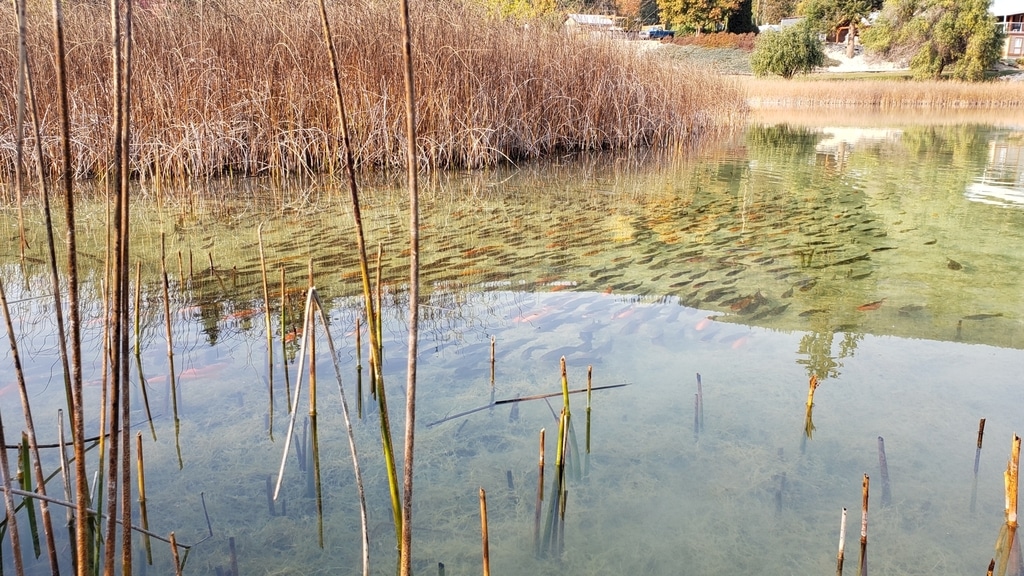By Erin Springinotic | November 17, 2022
In October, the I Spy and Identify Invasives project made 12,140 observations of 2,511 species! 332 people observed and reported native and invasive species across Canada and our network grew by 42 new individuals (and counting) – thank you for joining everyone!
October’s reports included 1,713 observations of 410 different introduced and invasive species. The month’s totals included these concerning sightings:
- 3 observations of Common carp (Cyprinus carpio) in British Columbia and Ontario by @juliereid, @nkry, and @gary-james. These adaptable fish thrive in warm, shallow lakes and rivers where they outcompete native fish species. Because of its widespread distribution and disruptive impacts to native fish and plants, it is considered one of the world’s worst invasive alien species.
- 7 observations of Goldfish (Carassius auratus) in British Columbia by @justin_demerchant, @laraphilli and @aprilblumberg. Goldfish are one of the most widespread invasive fish in North America. They can reduce the clarity of the waters they inhabit, which reduces the amount of sunlight reaching underwater plants, causing habitat loss for native aquatic species.
The following species at risk were also reported throughout October:
- 1 observation of a Lake sturgeon (Acipenser fulvescens) in Quebec by @jdmd264. Lake sturgeon are threatened by overexploitation, dams, and habitat destruction. Invasive species such as Zebra mussels (Dreissena polymorpha) and Round goby (Neogobius melanostomus) also pose a threat to Lake sturgeon, as they compete for food and habitat, prey on eggs and fish, and cause habitat disturbances.

- 1 observation of an Atlantic bluefin tuna (Thunnus thynnus) in Newfoundland by @tclenche. Bluefin tuna populations have dropped drastically as a result of over-exploitation by the fishing industry. Bluefin Tuna is a prized fish for sushi and sashimi – the most expensive tuna ever sold at auction went for $3.08 million at a Tokyo market.

As always, thank you for your iNaturalist observations and reports. Moving into November, we encourage you to observe and report Feral pig (Sus scrofa) and Nutria (Myocastor coypus). These invasive species damage native wetlands by creating wallows and burrows, leading to bank erosion and sedimentation of waterways.
Erin works in Outreach Support at ISCBC. She is grateful to live on the traditional territories of the Songhees, Esquimalt, and W̱SÁNEĆ peoples, also known as Victoria. In her spare time, she loves wandering around in the woods. You can reach Erin at espringinotic@bcinvasives.ca.
Share





